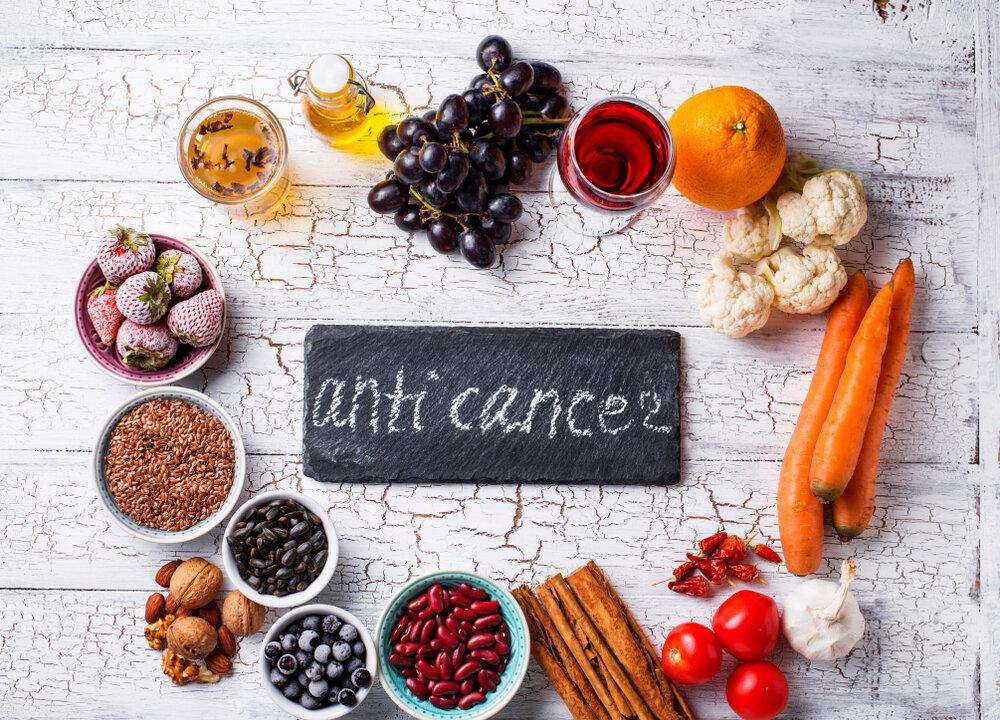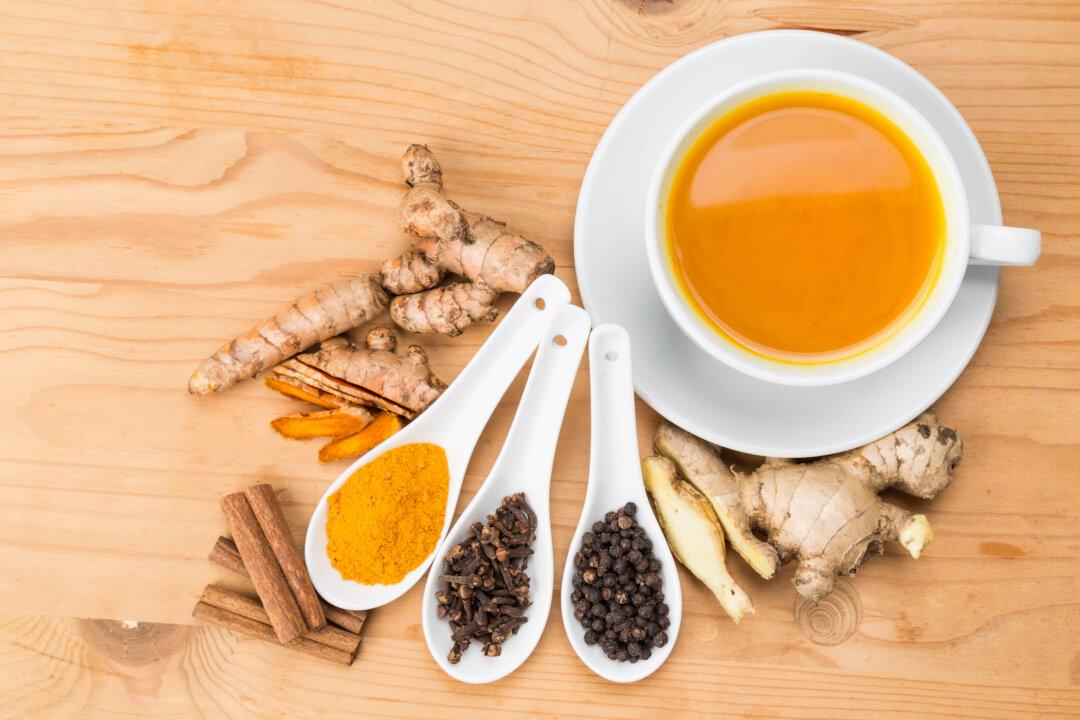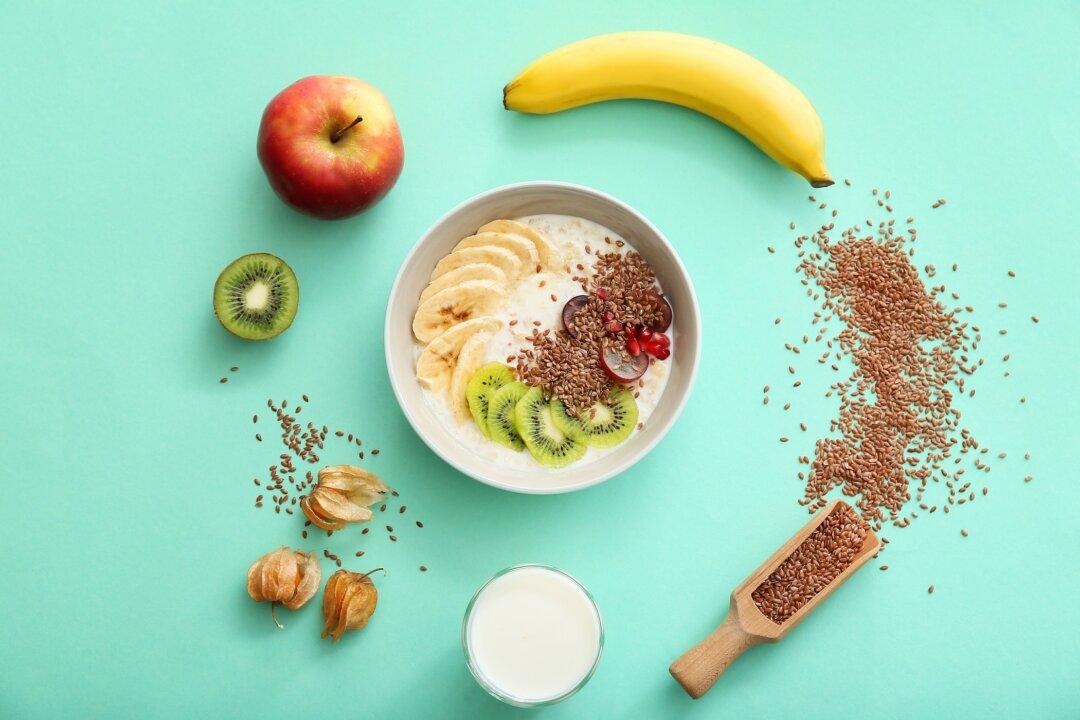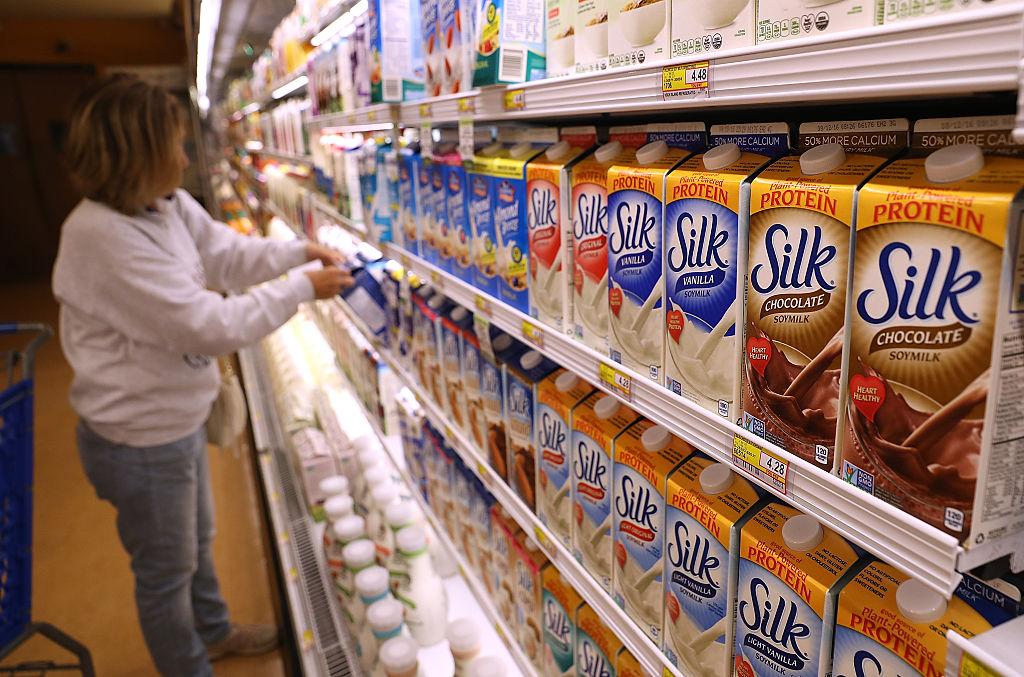“The vast majority of cancer research is devoted to finding cures, rather than finding new ways to prevent disease.” And the results of these skewed priorities are plain to see: 2021 is the 50th anniversary of Nixon’s declaration of war on cancer, and the death tolls from the most common forms of cancer in the United States have continued unabated.
“We have been looking at the very nature of cancer in the wrong way.” Breast cancer doesn’t begin when a lump is first detected. All the common cancers like lung, colorectal, breast, and prostate (which account for the majority of deaths) have a long latency period—often 20 years or more. So, it’s not like you were healthy, and then one day you got cancer. You haven’t been healthy—you’ve had cancer growing in you for decades. Indeed, there’s a bizarre misperception that people are “healthy” until they have actual symptoms of invasive cancer. But “[t]he barn in which hay is smoldering before it bursts into flames is not a safe place.”






